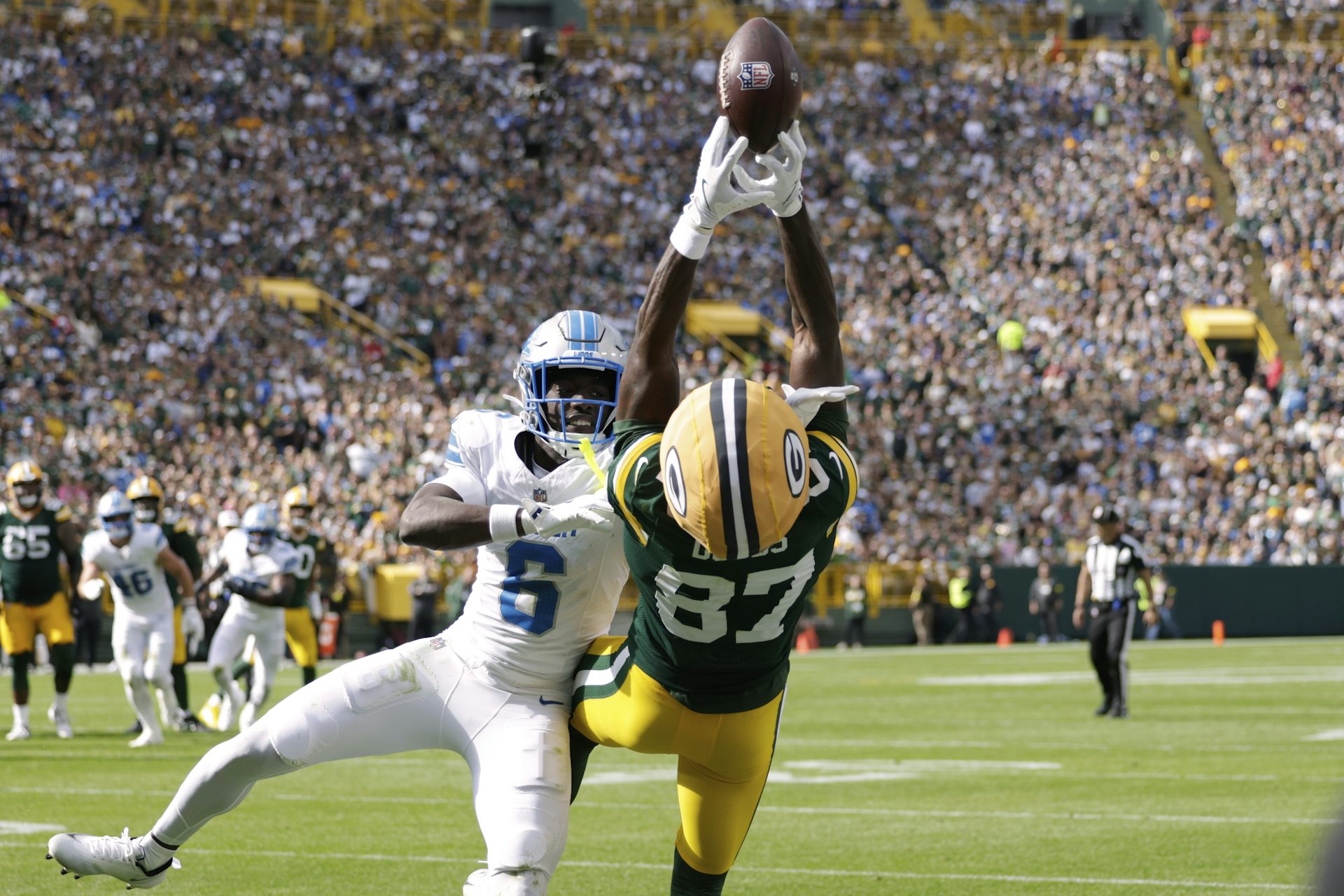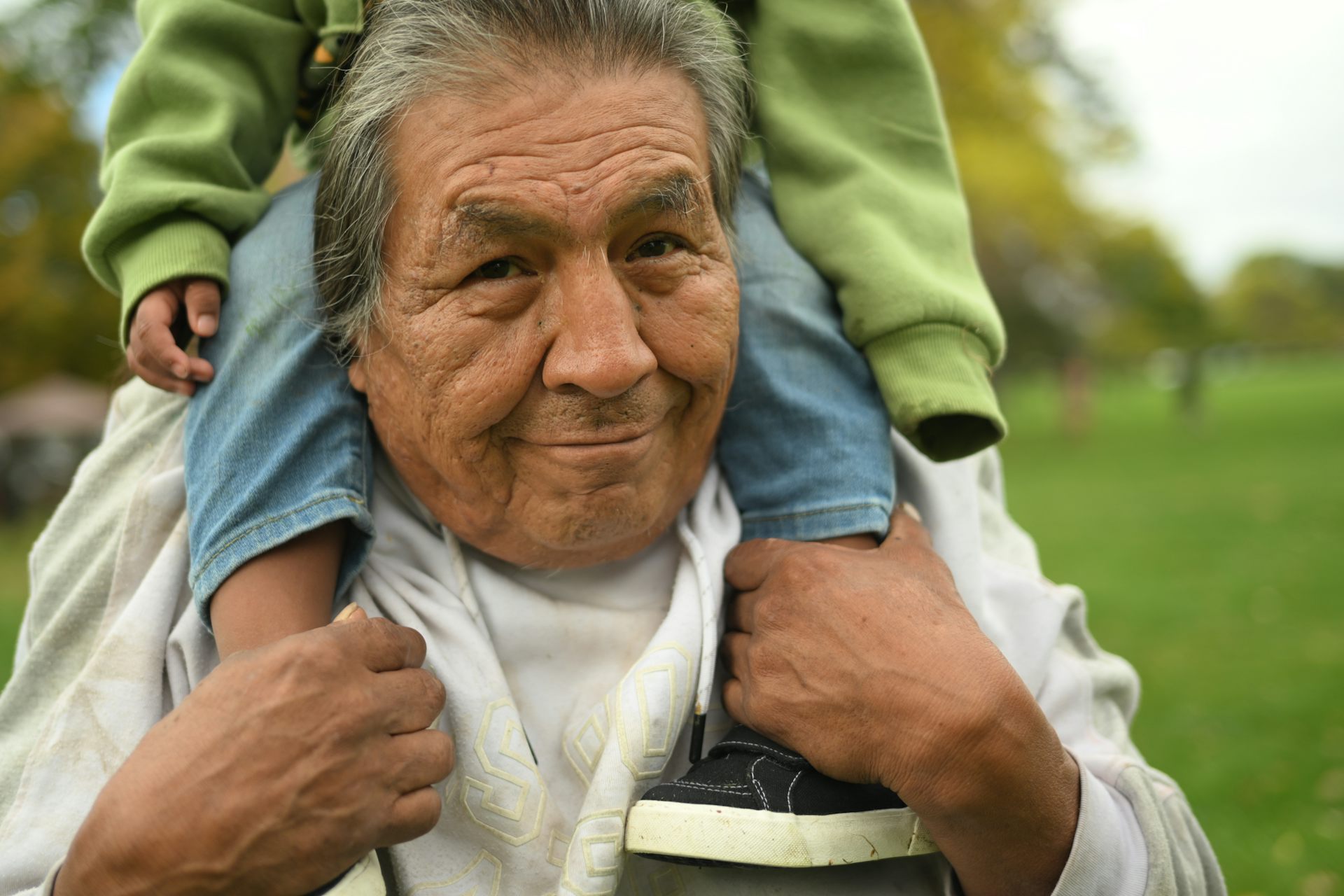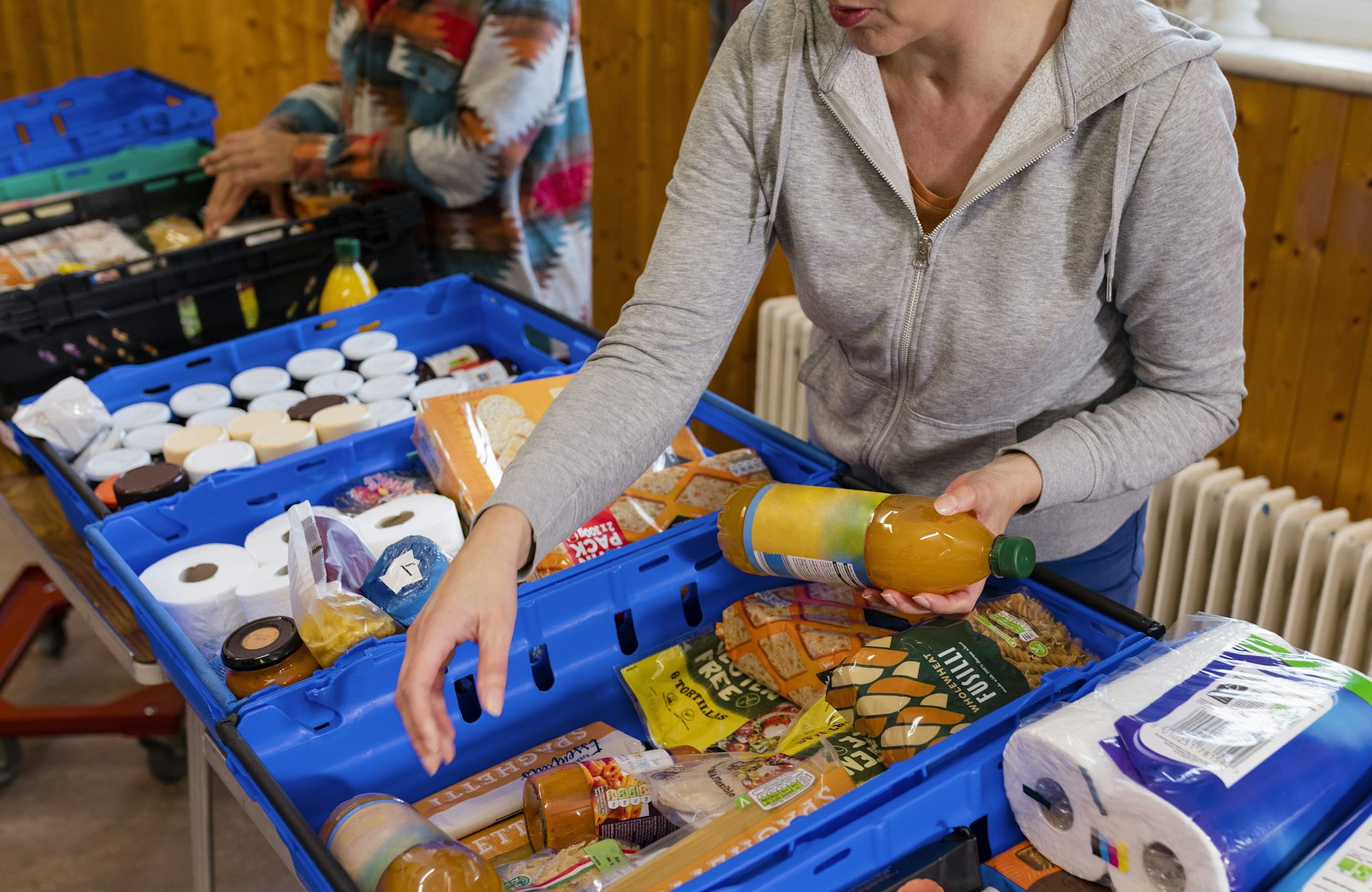Study: More, and more diverse, US college students voted in 2016
Whether they were motivated by enthusiasm or ire toward the candidates, the 2016 election captured the attention of US college and university students nationwide.

Whether motivated by support for particular policies or enthusiasm – or ire – toward the candidates, the 2016 election captured the attention of U.S. college and university students nationwide.
That’s the finding of a new study of students at more than 1,000 U.S. institutions released by the Institute for Democracy and Higher Education at Tufts University, which we direct. The study shows that voting by college and university students across the country was up in 2016.
The report is based on findings from the National Study of Learning, Voting, and Engagement. This national study is the only large-scale, objective measure of college student political participation in the country. The database consists of merged student enrollment records and publicly available voting records for the 2012, 2014 and 2016 federal elections.
With public and private institutions in 50 states opting to join the study, the NSLVE database consists of about half of the entire college and university student population – or approximately 9.5 million individual student records. To protect student privacy, we receive only the data, without names or other identifying information. We work with actual voting records, which take many months to compile, so the analysis from 2016 was completed recently.
What did we find?
Promising increases
College students voted at a rate of 48.3 percent in 2016, an increase of more than three percentage points over 2012. This increase exceeded the increase of two percentage points, to 60.2 percent, for all Americans, according to the U.S. Election Project’s analysis of census data.
College women voted at higher rates than men, as has been the case previously, although the gap between men and women did not widen. Overall, 51.6 percent of women and 44.4 percent of men in college voted. The turnout rate for black Americans declined seven percentage points nationally, but only five percentage points among college students, from 54.9 percent in 2012 to 49.6 percent in 2016.
Several groups of students increased their participation levels, not only in terms of turnout but also vote share. Turnout measures the the percentage of people who vote. Vote share measures a group’s proportion of the voting population.
Students who belong to some demographic groups with historically low turnout rates showed some of the biggest increases: younger students, Hispanic students and Asian students.
Identified by the Institute for Democracy and Higher Education researchers as students aged 18 to 21, first-time eligible voters turned out at a rate of 44.8 percent, up four percentage points from 2012.
Students who identify as Hispanic or Latino increased their voting rate from 38.9 percent in 2012 to 45.9 percent in 2016, an increase of seven percentage points.
Asian students increased their voting rates nearly eight percentage points, up from 23.3 percent to 31.1 percent.
While these numbers fall short of those of white students, 53.3 percent of whom voted, they may reflect promising movement toward a more equitable and representative electorate.
The vote share for Hispanic and Asian students also increased, meaning they gained electoral power and that the nation’s voters became more reflective of the nation’s population.
As the demographic makeup of U.S. youth changes, so too does their voting power. With between 18 and 20 million people attending U.S. higher education institutions each year, college and university students present a formidable group capable of shaping national, regional and local election outcomes and public policy.
Areas for improvement
While many of the numbers show promise, students still lag behind the national turnout rate, and disparities persist by geography, gender, age and race/ethnicity. Educators and policymakers should be concerned about the persistently low voting rates of some groups, such as Asians and Hispanics, as well as declines among black students.
As in 2012, 2016 turnout also varied considerably by students’ academic fields of study. In 2016, students in the social sciences voted at a rate of 53.2 percent; students in the STEM fields voted at a rate of 43.6 percent.
Political leaders of all ideologies should take note. Voting is not a partisan issue but represents a fundamental act of citizenship. Young people who vote are more likely to remain voters. We believe college is the ideal time to foster in students lifelong commitments to civic life.
We contend that U.S. colleges and universities can – and should – play a significant role in increasing the political voice of people currently underrepresented in the system. They can do this by teaching students in all fields about issues, fostering political discussions and helping remove barriers to voting.
More young people are attending U.S. higher education – nearly 19 million in fall 2016, up from 14 million in 2000, according to the National Center for Education Statistics. Today’s college and university students are more diverse in terms of age, race and socioeconomic status. As a result, colleges and universities serve populations that need more say in policymaking and public affairs. College students – and youth engagement more broadly – matter to the future and health of democracy.
The authors do not work for, consult, own shares in or receive funding from any company or organization that would benefit from this article, and have disclosed no relevant affiliations beyond the academic appointment above.
Read These Next
Absence of evidence is not evidence of absence – and that affects what scientific journals choose to
Researchers design studies that might disprove what’s called their null hypothesis – the opposite…
George Plimpton’s 1966 nonfiction classic ‘Paper Lion’ revealed the bruising truths of Detroit Lions
George Plimpton, then a 36-year-old literary editor, endured the brutal realities of a professional…
A database could help revive the Arapaho language before its last speakers are gone
Many Native American languages only have a few native speakers left.






